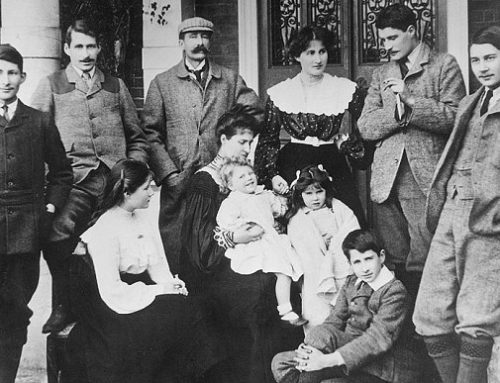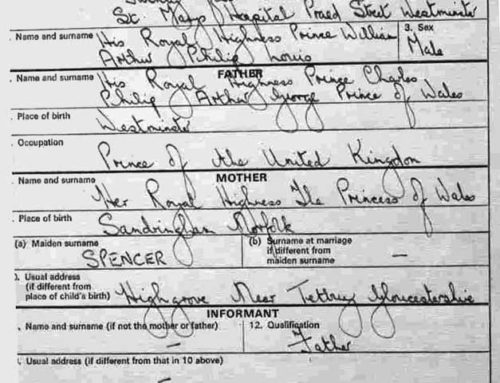More on Kate Middleton’s family tree today. There is great interest in my posts about Kate Middleton’s family tree, particularly her shared line with Prince William, and her possible descent through Henry VIII.
But just a few days away from the royal wedding, I think it’s also worthwhile to look at her the ancestry of her mother, Carole Elizabeth Goldsmith

Coal Miners at Sunderland, Durham.
Middleton, and the more modest side of Catherine’s family tree. The future queen of England is a descendant of working-class laborers and miners from Sunderland and County Durham in northern England.
Kate Middleton’s maternal great-grandfather, Thomas Harrison, was the son of a miner from the former mining town of Hetton-le-Hole in County Durham, born and brought up in one of the nearby old colliery terraces, Nicholson Street, in Hetton Downs. Thomas became a carpenter and moved his family to London.
Isn’t this remarkable? For more on Kate’s maternal line, click here. Image above courtesy Northern Echo.
If you have Durham miners in your tree too, here are some resources for family history research:
About Coal Mining in County Durham
The Durham coalfield covered north, east and central Durham. From the natural boundaries of the River Tyne and the North Sea it extended to Consett and beyond Bishop Auckland in the west. The southern boundary of the coalfield ran diagonally from below Bishop Auckland across to the east coast, just north of Hartlepool.
Coal was a very rich mineral resource in County Durham. It was mined in substantial quantities even in medieval times. The Industrial Revolution led to a huge expansion in the exploitation of the coal measures as colliery owners were able to reach deeper and more productive seams. From the later eighteenth century the principal landowners of the county, including the Bishop of Durham, amassed immense wealth from their colliery holdings.
In the nineteenth century the growth of the mining industry transformed the landscape and the population of the county. Colliery villages sprang up everywhere and migrant workers from all parts of the UK swelled the workforce. The industry had a profound effect on trade unionism, public health and housing, and mines safety.
See How and why did Crook develop in the period between 1851 and 1901? to discover how a tiny village lying about ten miles south-west of Durham city was dramatically affected by coal.
Coal production peaked in 1913 and in 1923 there were 170,000 miners working in County Durham. The industry declined in the county after the Second World War and many pits closed in the 1950s and 1960s. The last colliery in the Durham coalfield closed in 1994.
About Coal Mining Records in Durham County Record Office
The Record Office has major holdings of mining records from the National Coal Board (NCB) and the colliery companies inherited by the NCB on the nationalisation of the coal industry in 1947.
We have records of trade unions and employers’ associations, including the Durham Coal Owners’ Association and the principal trade union, the Durham Miners’ Association (DMA). The DMA records held here complement the DMA collection at the North East England Mining and Research Centre (NEEMARC) in Sunderland University Library.
The Londonderry Estate and Strathmore Estate archives include coal business records of principal landowning families in the county, from the 17th century onwards.
We also have the records of the Mining Records Project undertaken in 1976 to gather information about the industry when it was in decline.
You will find records about all aspects of mining throughout our archive collections.





Leave a Reply